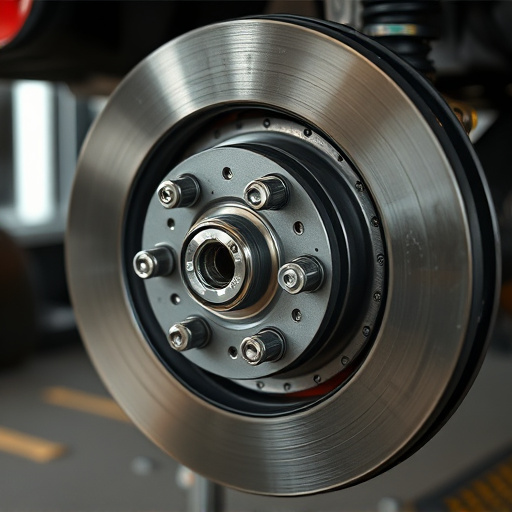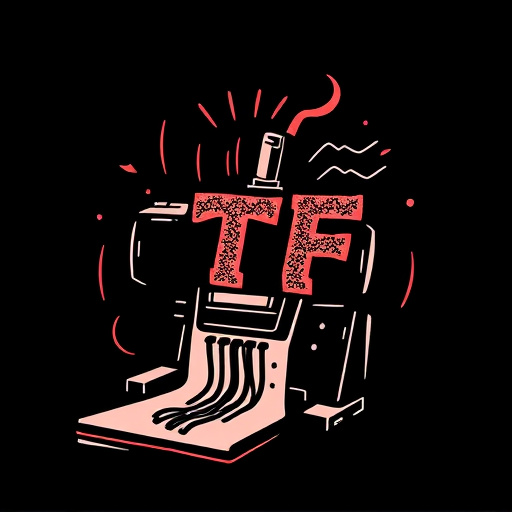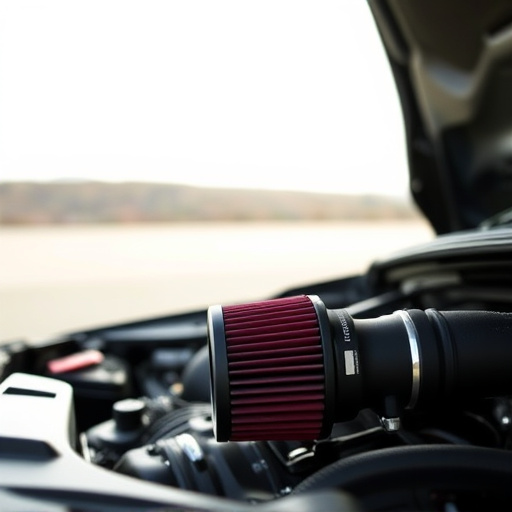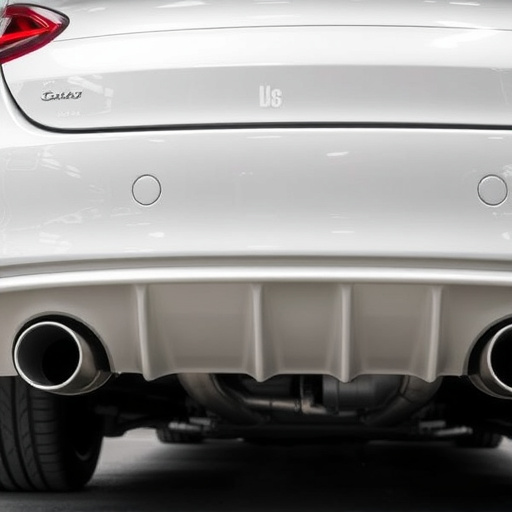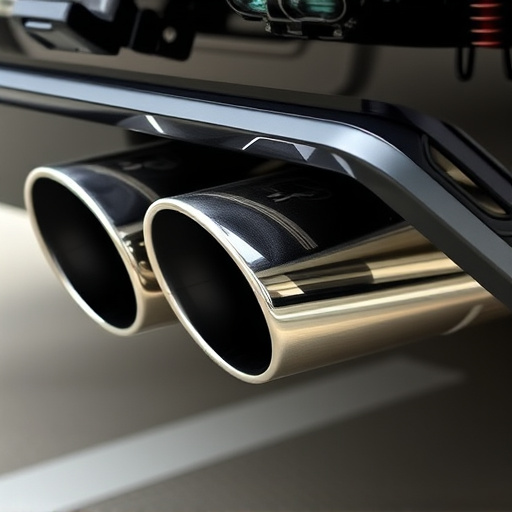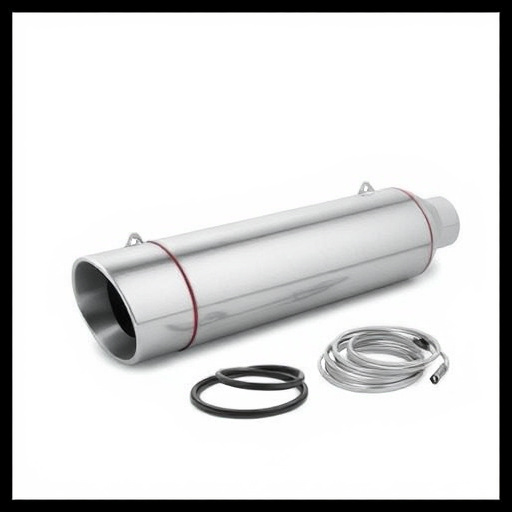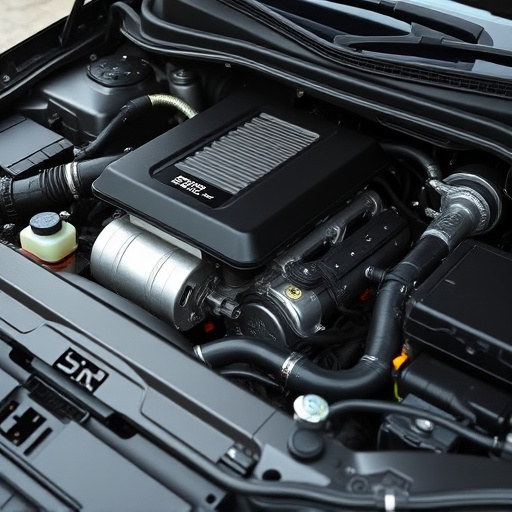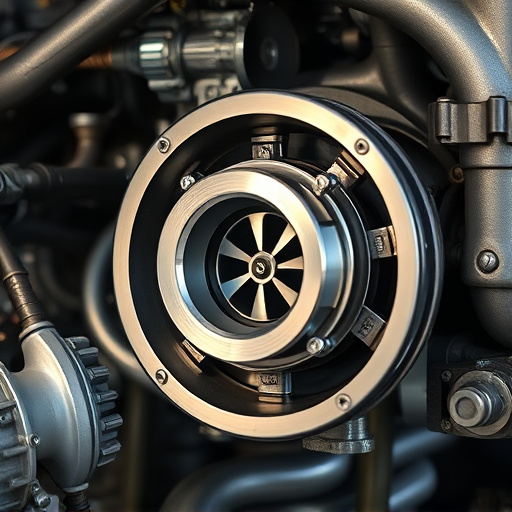Short Ram Air Intake (SRAI) systems offer a popular, warranty-compatible way for car enthusiasts to boost engine performance. By providing direct, cold airflow to combustion chambers while preserving OEM sensor compatibility, SRAIs enhance power and torque without requiring major modifications or voiding warranties. Crucial is ensuring the SRAI's seamless integration with the vehicle's computer system for optimal results.
In today’s quest for enhanced vehicle performance, the Short Ram Air Intake (SRAI) system has emerged as a popular modification. This article delves into the inner workings of SRAIs and how they maintain compatibility with Original Equipment Manufacturer (OEM) sensors, ensuring seamless integration. We explore the benefits and considerations of adopting this upgrade, shedding light on why many automotive enthusiasts opt for SRAIs to boost their vehicle’s breathing efficiency and overall performance.
- Understanding Short Ram Air Intake (SRAI) Systems
- How SRAIs Maintain OEM Sensor Compatibility
- Benefits and Considerations for Using Short Ram Air Intakes
Understanding Short Ram Air Intake (SRAI) Systems
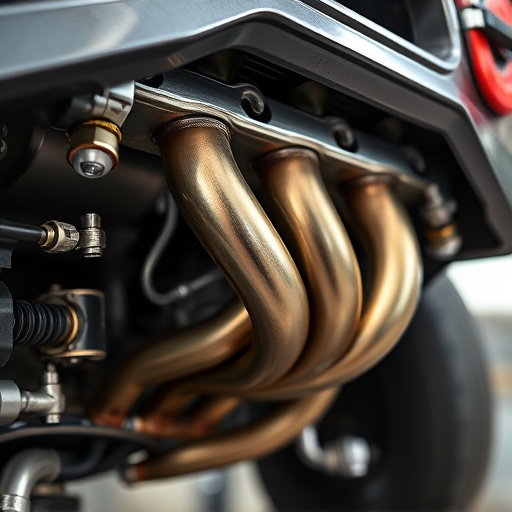
Short Ram Air Intake (SRAI) systems have become increasingly popular among car enthusiasts seeking to enhance their vehicle’s performance. This type of intake system is designed to provide a direct route for air to enter the engine, bypassing the stock air filter and, in some cases, certain sensors located in the typical air intake pathway. By doing so, it allows for greater airflow, which can result in improved engine power and efficiency.
Unlike traditional cold air intakes that often require modifications to the vehicle’s underbody to accommodate a new intake path, SRAI systems are typically designed to fit seamlessly within the existing engine bay. This not only maintains the stock look but also ensures OEM (original equipment manufacturer) sensor compatibility. This is particularly important when considering the potential impact on the vehicle’s computer system if aftermarket parts are installed that do not communicate correctly with the sensors. With proper installation, SRAI systems offer an effective way to boost performance without compromising reliability or the warranty.
How SRAIs Maintain OEM Sensor Compatibility
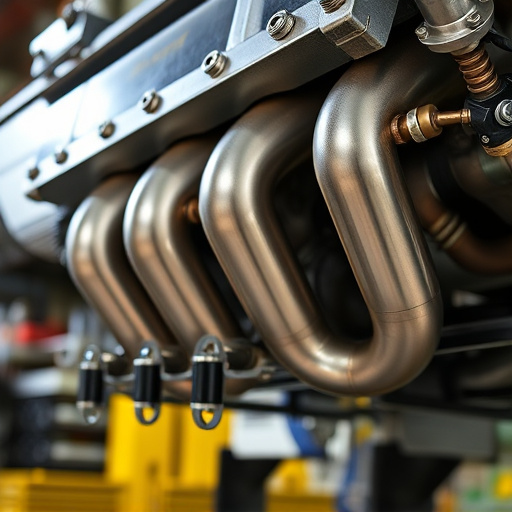
Short Ram Air Intake (SRAI) systems are designed to enhance engine performance by allowing for a more direct airflow into the combustion chamber. One of their critical aspects is maintaining OEM (Original Equipment Manufacturer) sensor compatibility. This ensures that the SRAI system seamlessly integrates with the vehicle’s existing electronic controls, such as the engine control unit (ECU), without compromising the accuracy of sensors like oxygen sensors, air/fuel ratio sensors, and temperature sensors.
The key to achieving this compatibility lies in the precision engineering of the SRAI components. High-quality SRAIs use materials and designs that are compatible with the vehicle’s sensors, preventing any potential interference or signal distortion. Additionally, these systems often incorporate specific design features to accommodate the placement of OEM sensors, ensuring no alterations or adjustments are required on the part of the vehicle owner. This compatibility not only guarantees optimal engine performance but also preserves the manufacturer’s warranty and enhances the overall reliability of the vehicle.
Benefits and Considerations for Using Short Ram Air Intakes
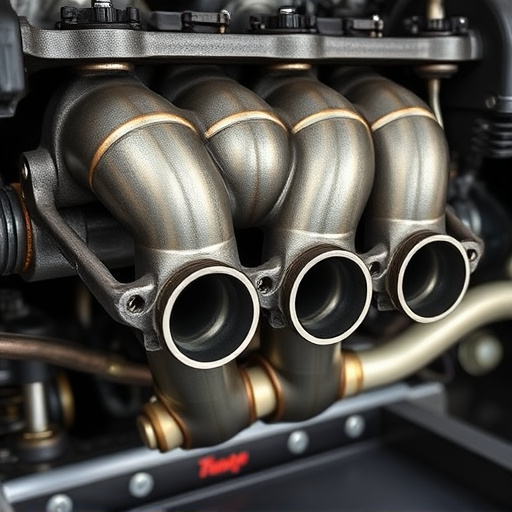
Using a short ram air intake (SRAI) offers several benefits for vehicle owners looking to enhance their car’s performance. By direct-sucking cold, dense air from outside the engine bay, SRAs bypass the restrictions imposed by the factory air box and muffler tips, resulting in an increase in power and torque. This simple modification allows for better airflow, which is crucial for optimal combustion, leading to improved engine response and fuel efficiency.
However, while SRAs are popular among car enthusiasts, there are considerations to keep in mind. Compatibility with original equipment manufacturer (OEM) sensors is essential. Aftermarket parts like performance air filters or cold air intakes, if not properly designed, might disrupt the vehicle’s computer system’s ability to accurately read sensor data. Therefore, ensuring that a SRA is compatible with your OEM sensors is vital to maintain optimal engine performance and prevent potential check-engine lights or other issues.
Short Ram Air Intake (SRAI) systems offer a direct path to improved engine performance while maintaining OEM sensor compatibility. By bypassing the stock air filter and cold air intake, SRAIs provide a more efficient airflow, resulting in better throttle response and power output. Despite concerns about potential sensor mismatches, modern SRAI designs incorporate advanced technology to ensure seamless integration with original equipment sensors, preserving the accuracy of engine management systems. When considering an SRAI, it’s crucial to balance performance gains against potential warranty implications and choose a high-quality system for optimal results.


